Imagine a space where each sofa and chair has been chosen for its appearance and comfort. A softly upholstered sofa with harmonious lines balances functionality and visual appeal, while strategically placed chairs invite interaction and relaxation. The balance between the shapes, textures, and materials of these different pieces gives us a feeling that is synonymous with well-being.
On the other hand, let's see a space where none of this is considered. This is when chairs and sofas will be pretty to look at but fail to support you correctly and create an almost immediate inconvenient feeling. This type of space can feel impersonal and cold.
This difference is slight but noticeable, demonstrating the importance of a design that blends aesthetics with functionality.
For interior designers, decorators, and architects, choosing sofas and chairs should be more than a question of aesthetics: it involves creating a complete experience where form and functionality coexist.
“Have nothing in your house that you do not know to be useful or believe to be beautiful.”
William Morris, best known as the 19th century's most celebrated designer
This principle, essential for interior design, reinforces the importance of selecting furniture that respects functionality without sacrificing visual appeal. This is a fundamental approach to creating spaces that inspire comfort, functionality, and elegance.
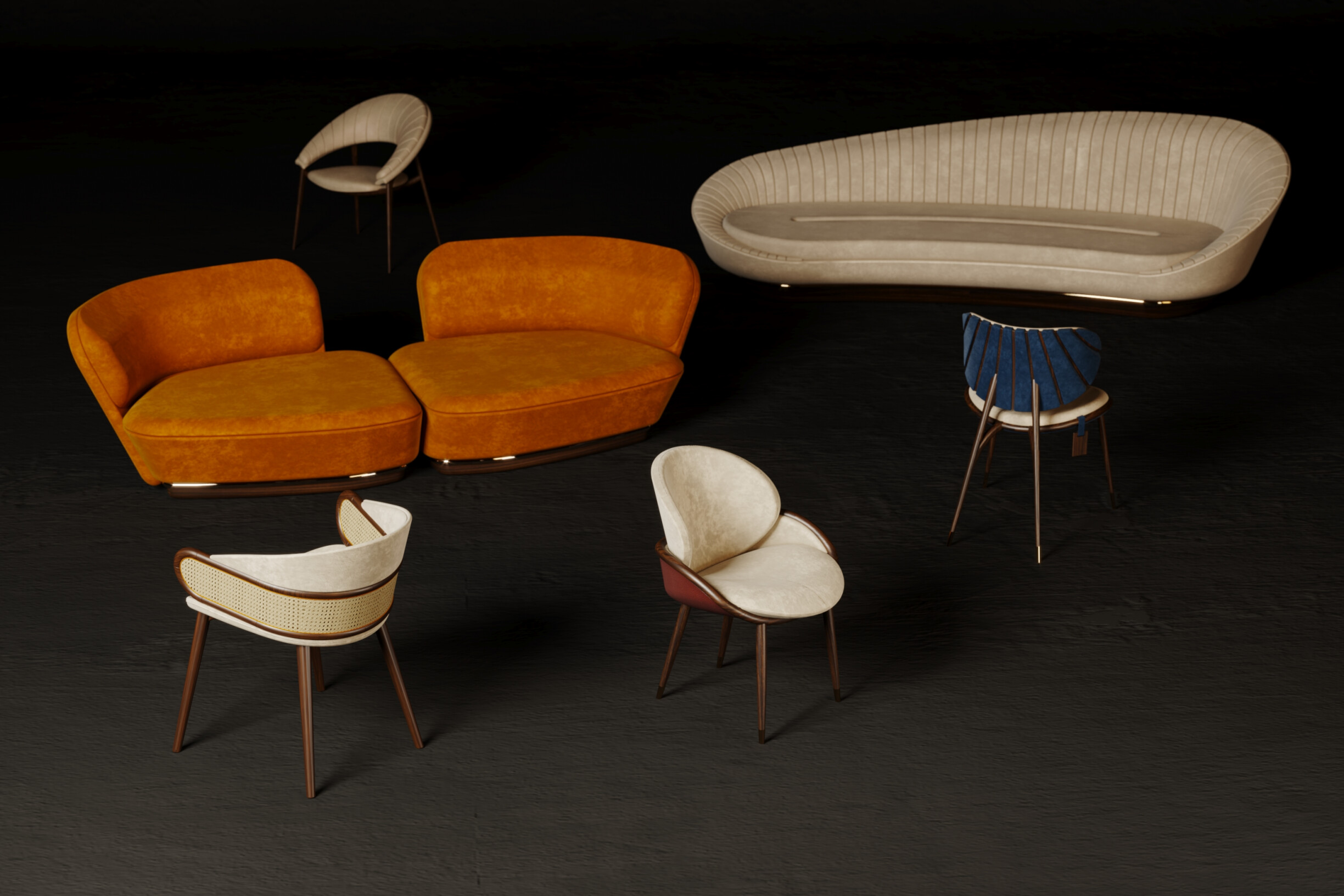
Regarding sofas and chairs, comfort is important not only because of what it does for your body when in use but also how their presence affects the members who occupy that space. To ensure physical comfort, it needs to be comfortable on the skin and in its movements, flexible as much as strong enough to support us effectively for many hours. Conversely, psychological comfort can not be left behind as well. A welcoming area impacts the goodwill perception of that space and how comfortable it can be staying there.
While a sofa and chairs that fail to fulfill this role, albeit visually pleasing, can be perceived as uncomfortable much differently than expected pain; hence driving out your customer.
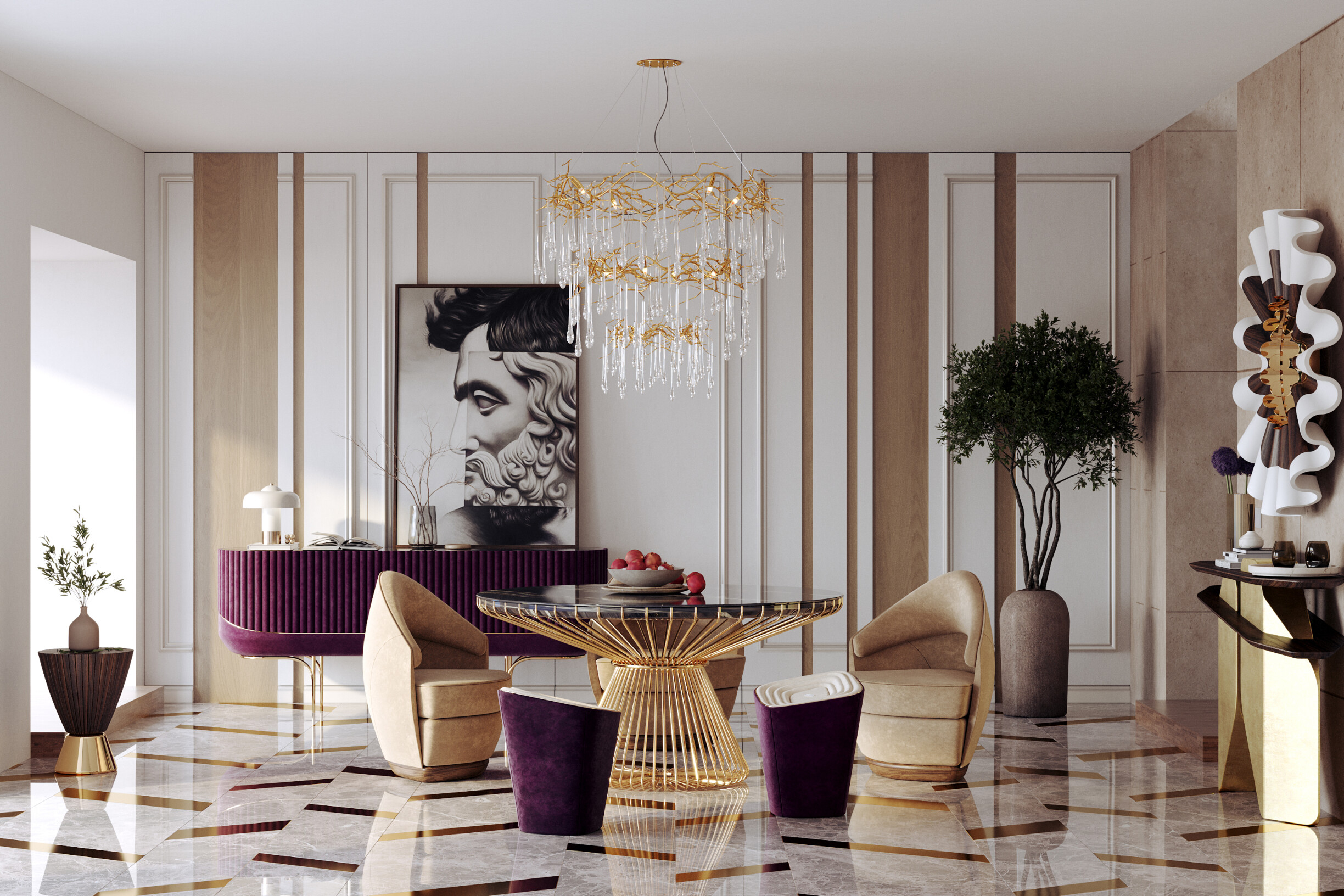
Design is vital to creating sofas and chairs that balance form and function. Ergonomic chairs or sofas that consider body alignment and the arrangement of armrests are designed to combine aesthetics and comfort without compromising either.
Design and comfort are, in fact, essential allies and go hand in hand: when choosing a style, it is crucial to transform the physical experience into a work of sensory art.
Therefore, every detail — from the depth of the seat to the height of the backrest — is designed to ensure that the user enjoys the space comfortably and for a long time without sacrificing an appealing and innovative aesthetic.

Four key factors must be considered to ensure that sofas and chairs align with a space's functionality and aesthetics. Each of these factors influences the user experience and visual harmony of the space.
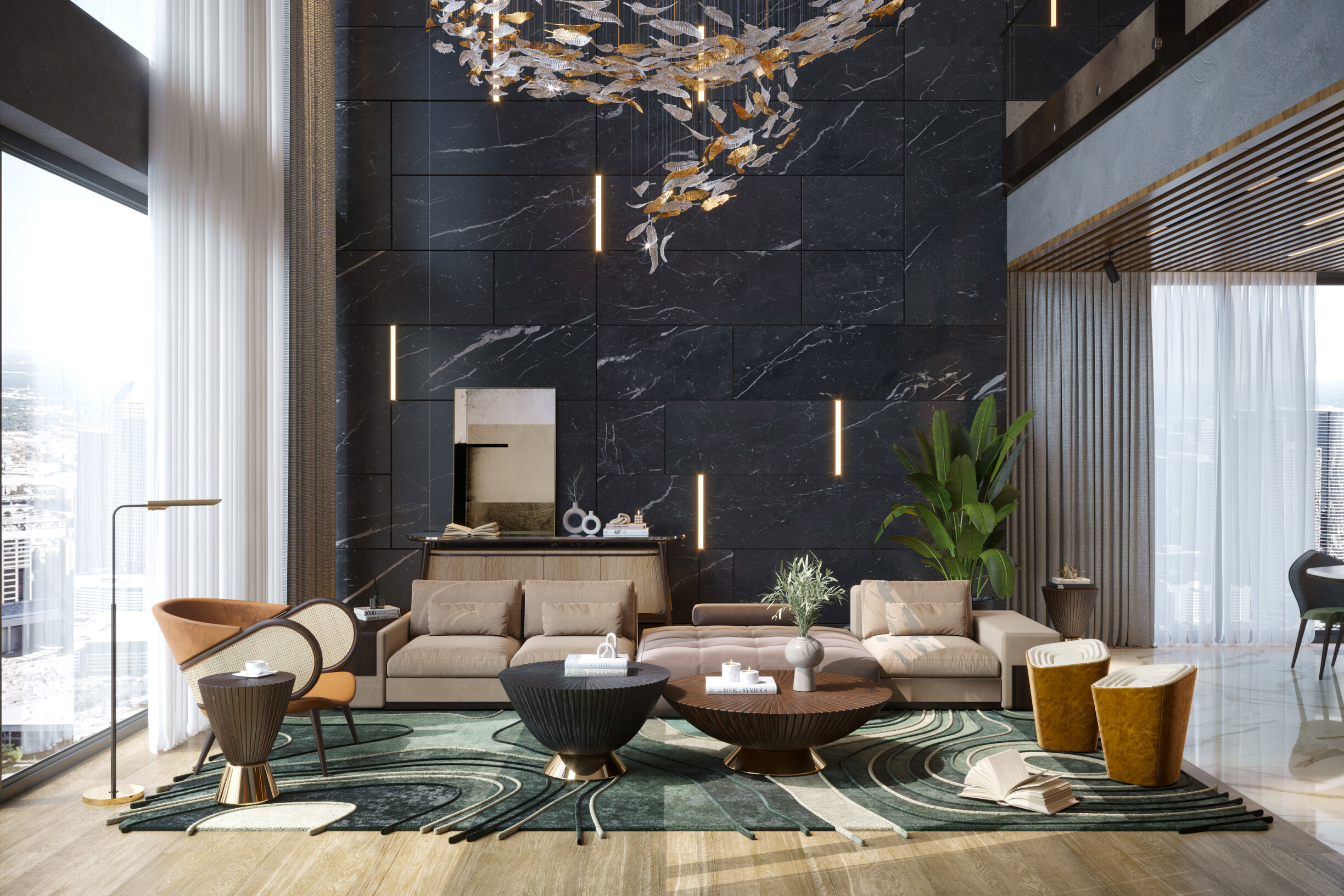
The right size for chairs and sofas is crucial for the flow and harmony of the space. In a compact space, a large sofa can overwhelm the area and make it challenging to move around. A modular or two-piece sofa with a lighter design allows for more fluid use, maintaining comfort without compromising circulation. In large spaces, such as a spacious living room, a Majlis space, or a commercial lounge area, a large sofa, such as the Antelope Canyon from ALMA de LUCE, creates a cozy focal point and allows for greater flexibility of use.
There are also details to consider regarding size, such as the height of the backrests and armrests of the chairs. In this case, they should be proportionate to the rest of the furniture to avoid visual disharmony.
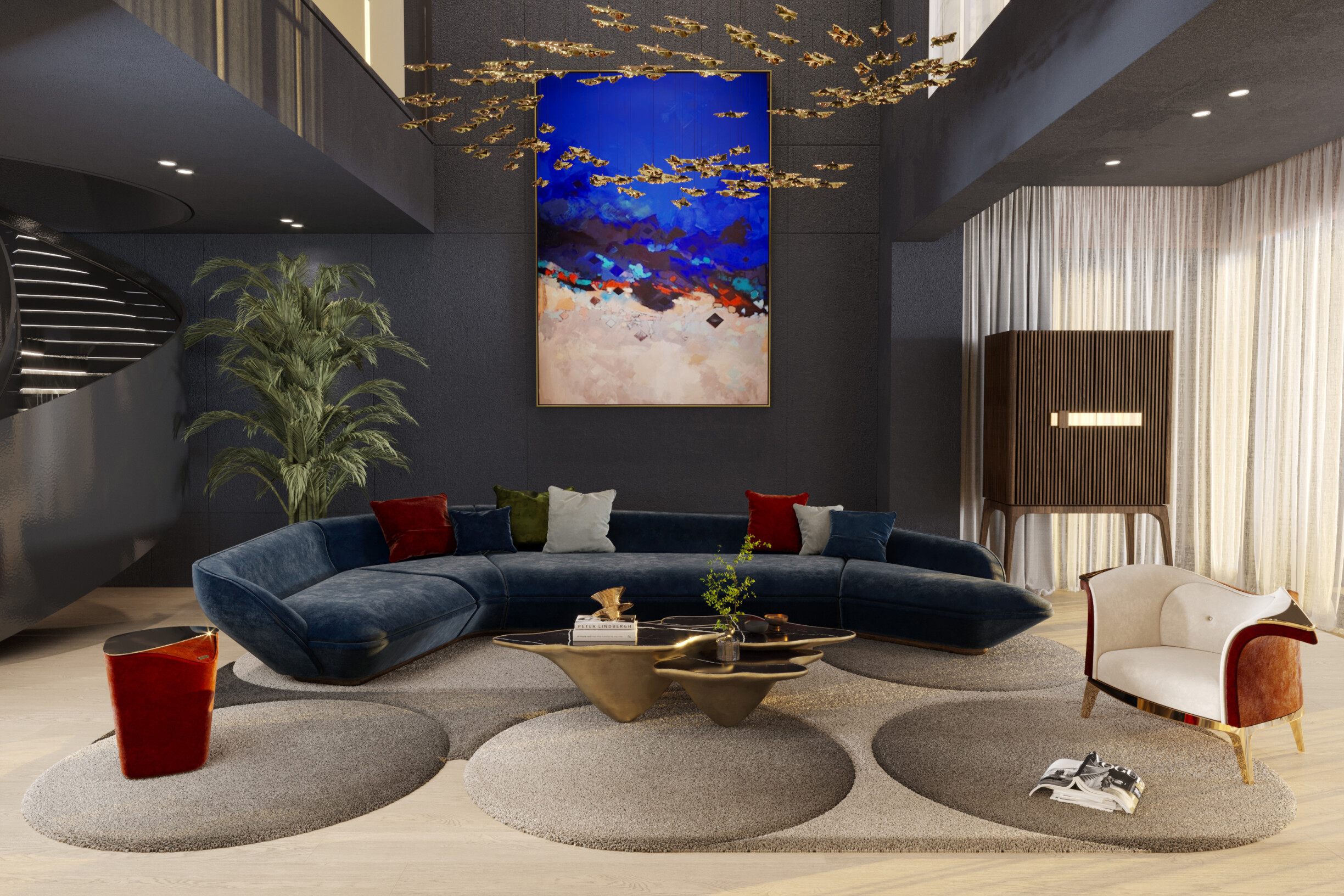
The shape of a sofa or chair influences its integration into the room's style and the user's physical experience. Curved sofas like the Ghadames from ALMA de LUCE, for example, add a touch of softness and are ideal for creating a feeling of informal comfort and encouraging interaction in areas dedicated to socializing.
In contemporary style settings, a chair with straight, minimalist lines, like the Ghadames armchair from ALMA de LUCE, can reinforce a modern aesthetic and be combined with other angular elements for a cohesive look.
It is worth remembering that the shape of the furniture can effectively contribute to the desired ambiance, whether it is relaxed or formal.
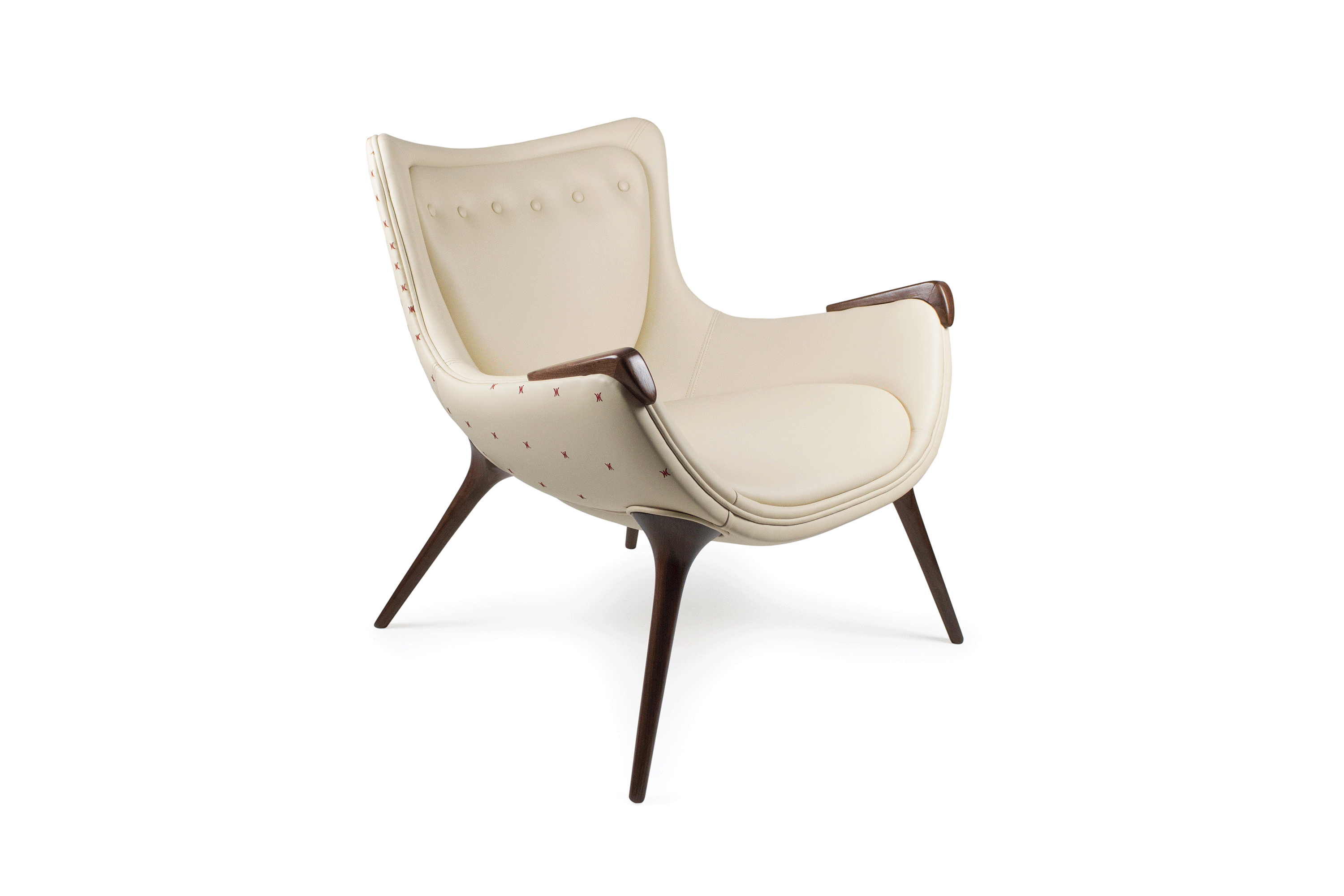
Material selection affects the durability, comfort and aesthetics of each piece.
Durable fabrics are often preferred in high-traffic spaces, such as lobbies or reception areas, for their durability and ease of maintenance.
Softer materials such as velvet, linen, or cotton can provide a warm and sophisticated feel in residential areas. Velvet, in particular, is a popular choice for sofas in living rooms with a luxurious aesthetic. It provides a pleasant and visually rich feel, making it a focal point in the space. Thus, the tactile experience of the materials is an extension of the comfort.

Ergonomics is often the difference between a visually appealing sofa or chair and a comfortable one. Sofas and chairs that follow ergonomic principles adapt to the body's curves, providing the support needed for prolonged use. In a home office, for example, chairs with adjustable seats or lumbar support prevent discomfort and promote a healthy posture, which is essential for users' productivity and well-being.
For relaxation or entertainment areas, a sofa with a gentle slope in the back and medium-density seats provides support without being overly rigid. This type of ergonomics enhances the user experience and places comfort at the forefront of design, increasing the likelihood that customers will fall in love with the space.
Remember, the combination of comfort and aesthetics is the cornerstone of your work when choosing sofas and chairs. It's what makes a space truly inviting and a place where people want to spend their time.
By considering size, shape, materials, and ergonomics, you will ensure that each piece complements the space, fulfills its purpose, and offers a satisfactory user experience.
Did you like this blog article? Stay tuned for more information and curiosities from the universe of architecture, interiors, and construction!
You can also follow us on Instagram, Facebook, and Pinterest for updates and news.